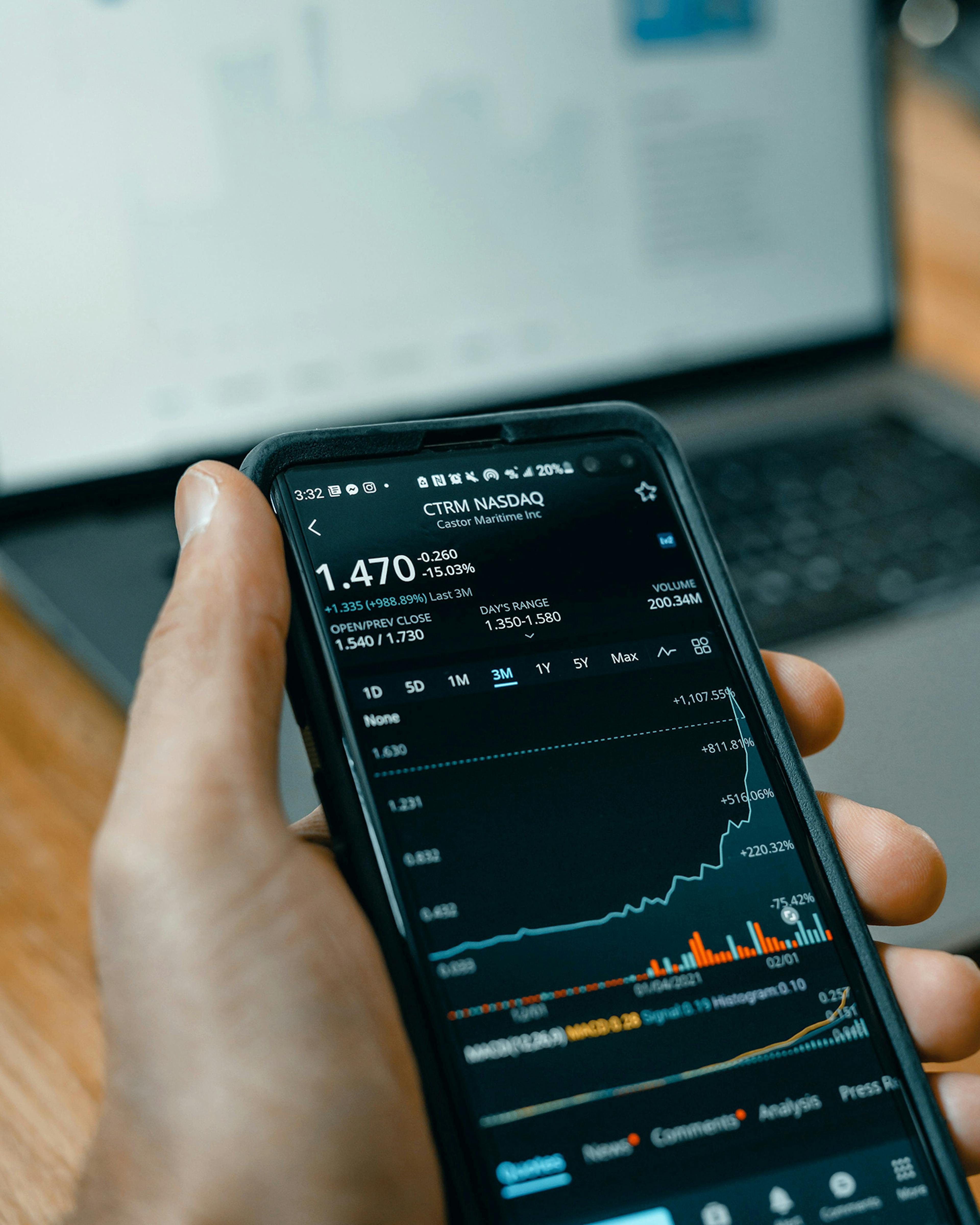
Diversified active management, a solution to the uncertainties of 2022
- The global recovery is expected to slow next year at a pace below that of 2021 and investors' expectations, and will follow contrasting trajectories across regions.
- In such an environment, selectivity and flexibility could play a key role.
Where should I invest my money? Which investment strategy should I adopt? Is this the right time to invest in the stock market? These are all questions that are regularly asked by investors wishing to make their savings grow. They are all the more important in a context where contrasts and uncertainties arise, as is currently the case.
After 2021, which saw the recovery of the world economy thanks to large-scale vaccination campaigns and support measures taken by governments and central banks, the pace of growth could be less vigorous next year and lower than current expectations. Most importantly, economic growth trajectories could continue to diverge across regions, mainly because of the diversity of economic policies around the world.
The diametrically opposed policies of the US and China are a perfect illustration of this desynchronisation of the global economy. While Washington has launched large-scale support plans centred around social transfers to reduce the effects of the crisis, Beijing has decided to focus on deleveraging and decarbonising the Chinese economy, as well as tightening regulations on large conglomerates.
The euro area is expected to follow yet another path. After experiencing a more modest rebound than the US so far, the region is expected to show more resilient growth with the ramp-up of the Next Generation EU investment plan designed to sustain the recovery and help with the energy and digital transition in member states.
Added to these different trendsis inflation, which could last longer than envisaged. Several factors explain the overall increase in prices. The combination of a shortage in semiconductors, the saturation capacity of maritime and road transport, and the lack of manpower in construction and personal services is hampering companies’ production. Rises in energy and food prices brought about by particularly strong demand, combined with geopolitical tensions and weather events (droughts, hurricanes, etc.), are also fuelling inflation.
Don't invest blindly in China
In terms of investment choices, such an environment calls for reflection. After a period in which financial markets moved in one direction, stock selection could once again become the best way to generate performance, as this strategy tends to be particularly profitable when the economic cycle reverses. Faced with still-low interest rates and rising inflation, investors are likely to turn to equities to obtain higher returns.
In this area, the slowdown in the global recovery could favour “visible growth” stocks - those companies for which strong business growth is expected and/or which offer a high degree of earnings visibility. In an inflationary context, companies that are able to maintain their margins by raising their selling prices when their costs increase (raw materials, salaries, rent, transport, etc.) could also be sought after. Moreover, new leaders have emerged during the health crisis as certain trends have strengthened, such as online shopping and payments, food delivery, and remote working. All these existed before but the pandemic has increased their adoption and they are set to continue.
Apart from equities, a more selective approach could also bear fruit in the segments that still offer returns in the bond markets, i.e. those markets on which debt securities issued by companies and governments are traded to be self-financing via interest payments. This could be the case for bonds issued by companies that are likely to continue to benefit from the re-opening of the global economy, or by companies linked to the energy sector.
What about China, where the regulatory tightening intended to permanently correct numerous excesses (dominant positions, inequalities, debt) in certain segments of the Chinese economy1 has fuelled foreign investors’ fears2? While the country will remain an important source of growth for decades to come, investing in China is more complicated than elsewhere. It cannot be done blindly as there are lots of issues to be avoided. There too, you must be extremely selective in your choices and adopt an active management approach3 so that you are not dependent on the ups and downs of stock market indices.
We are still at a turning point. In such a complex and diverse environment, diversified management - which allows a fund’s investments to be spread across several asset classes according to the risks and expected returns - may appear to be a particularly suitable solution, provided that it combines flexibility and selectivity.


